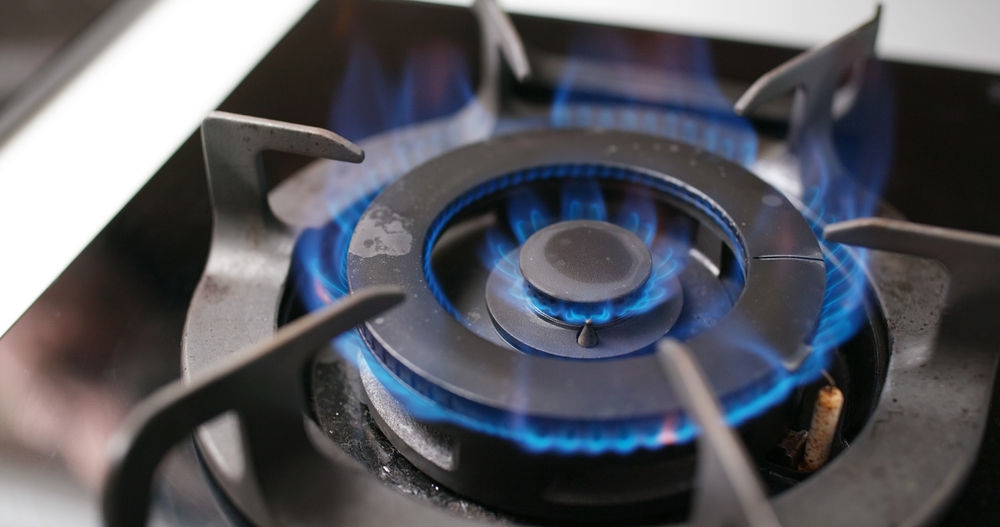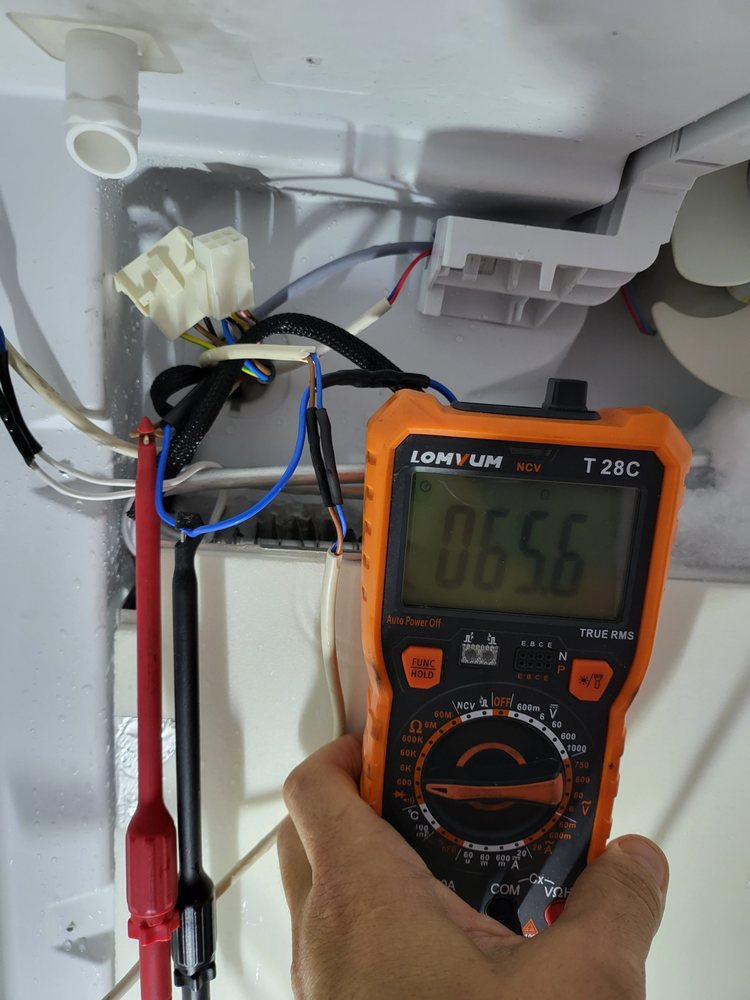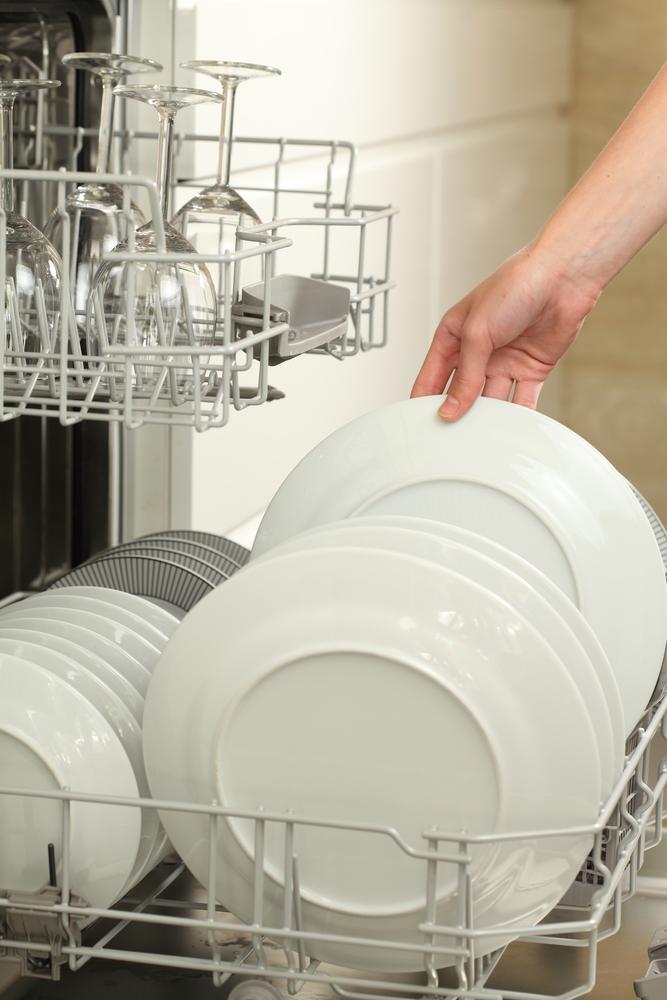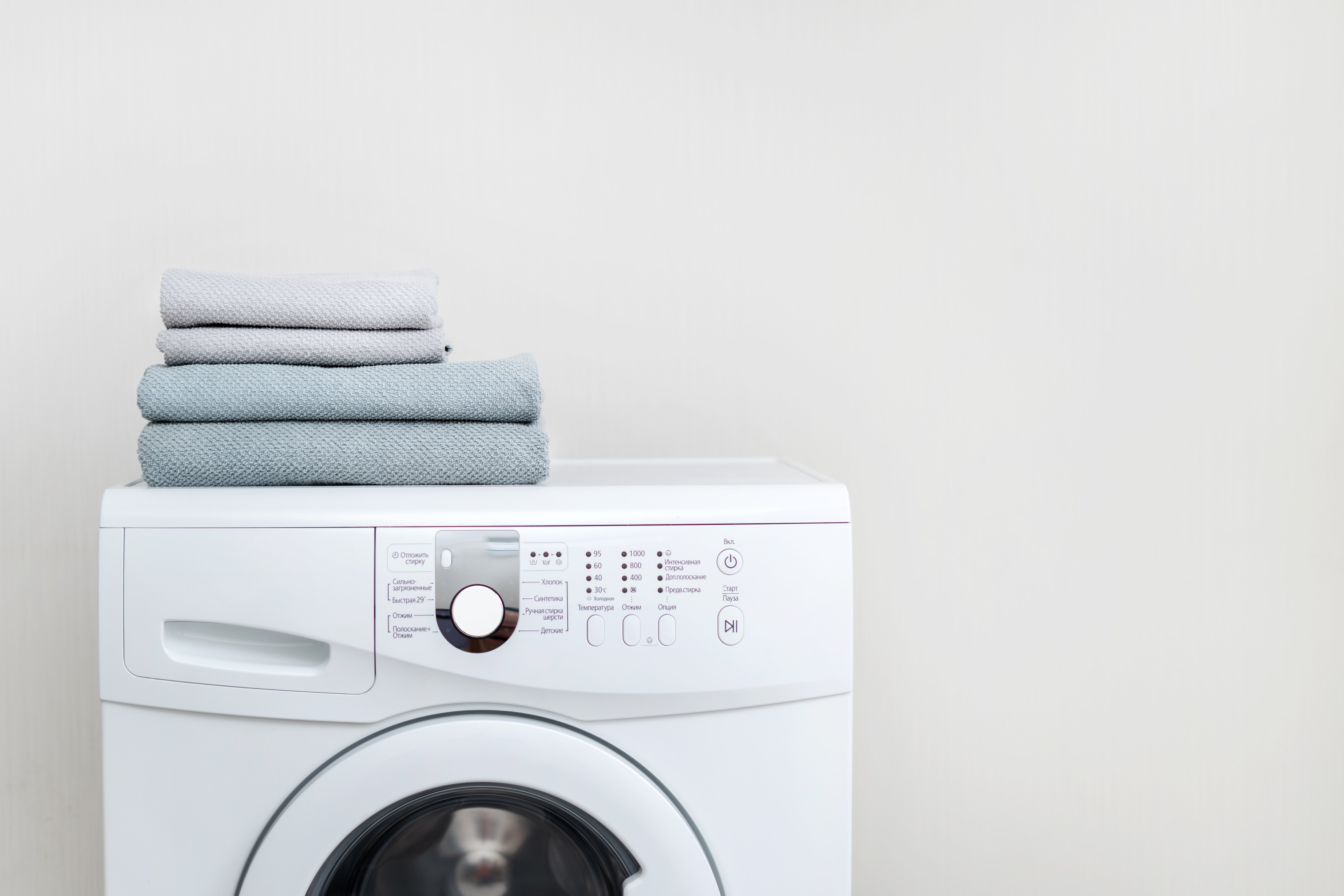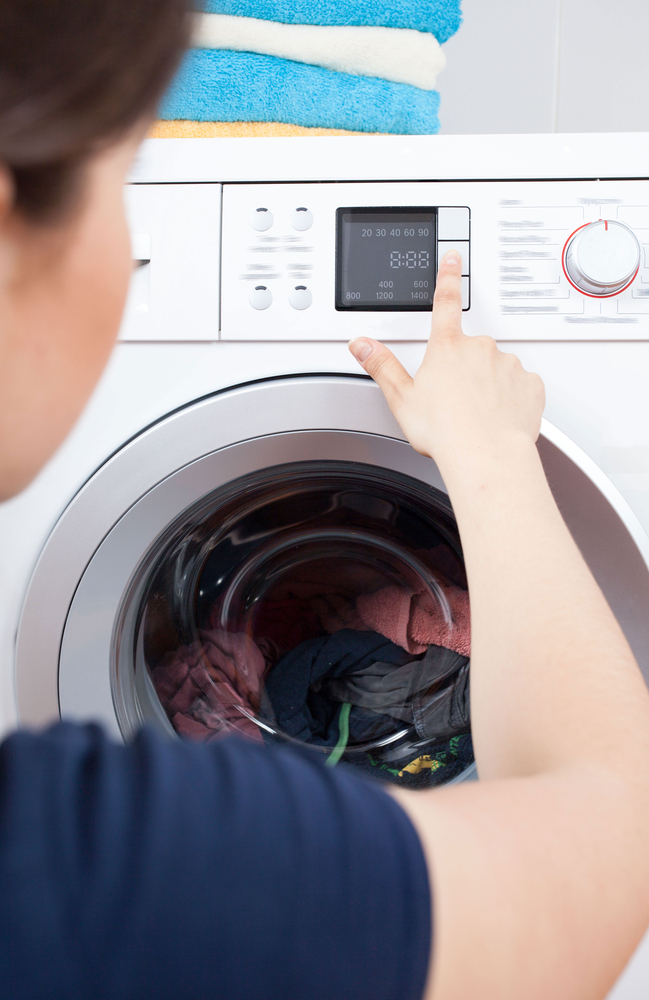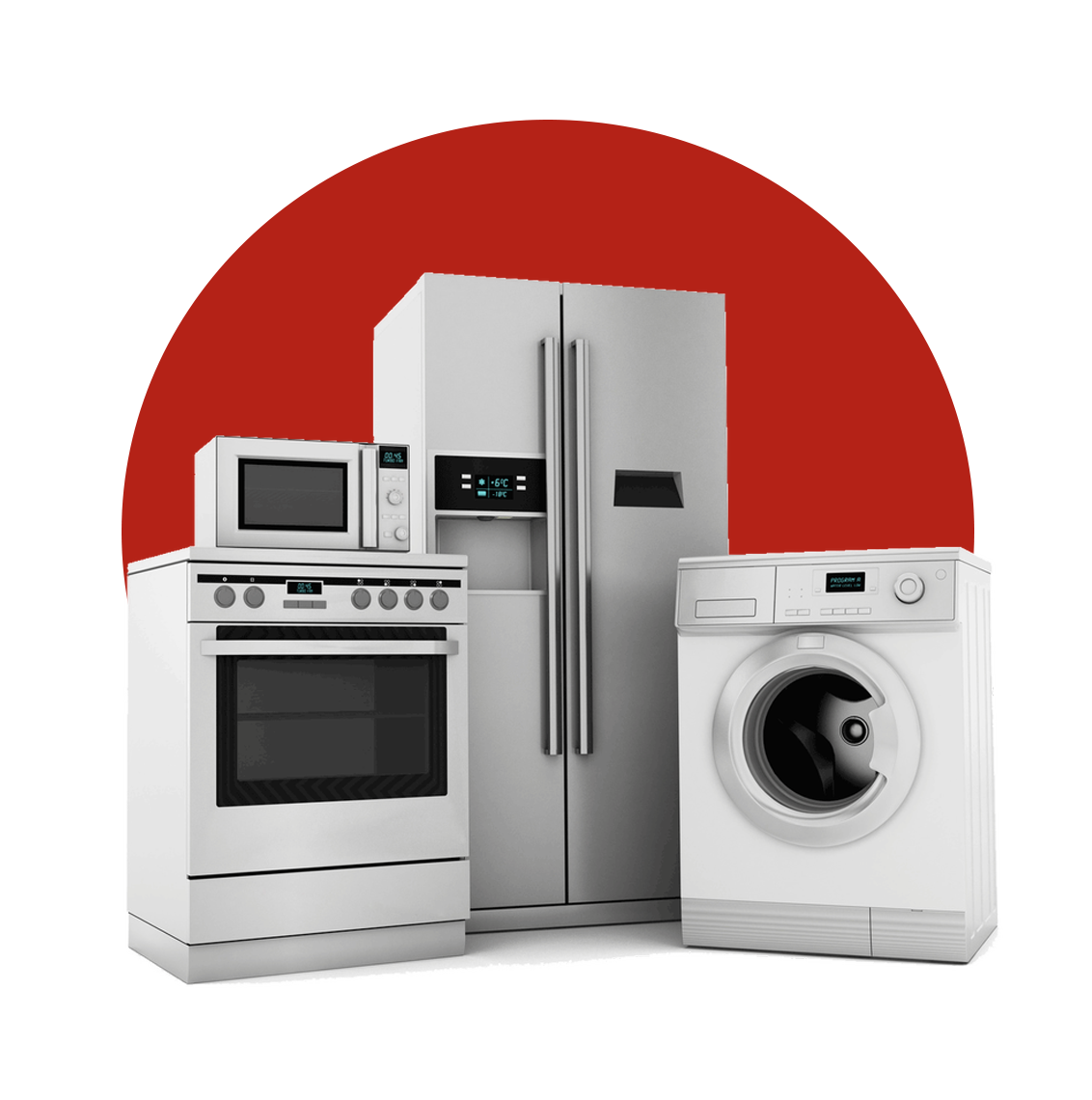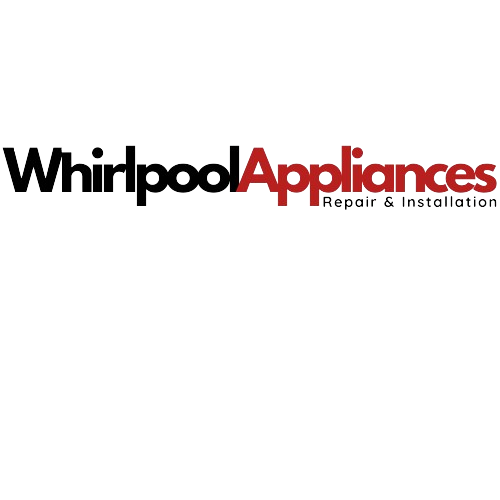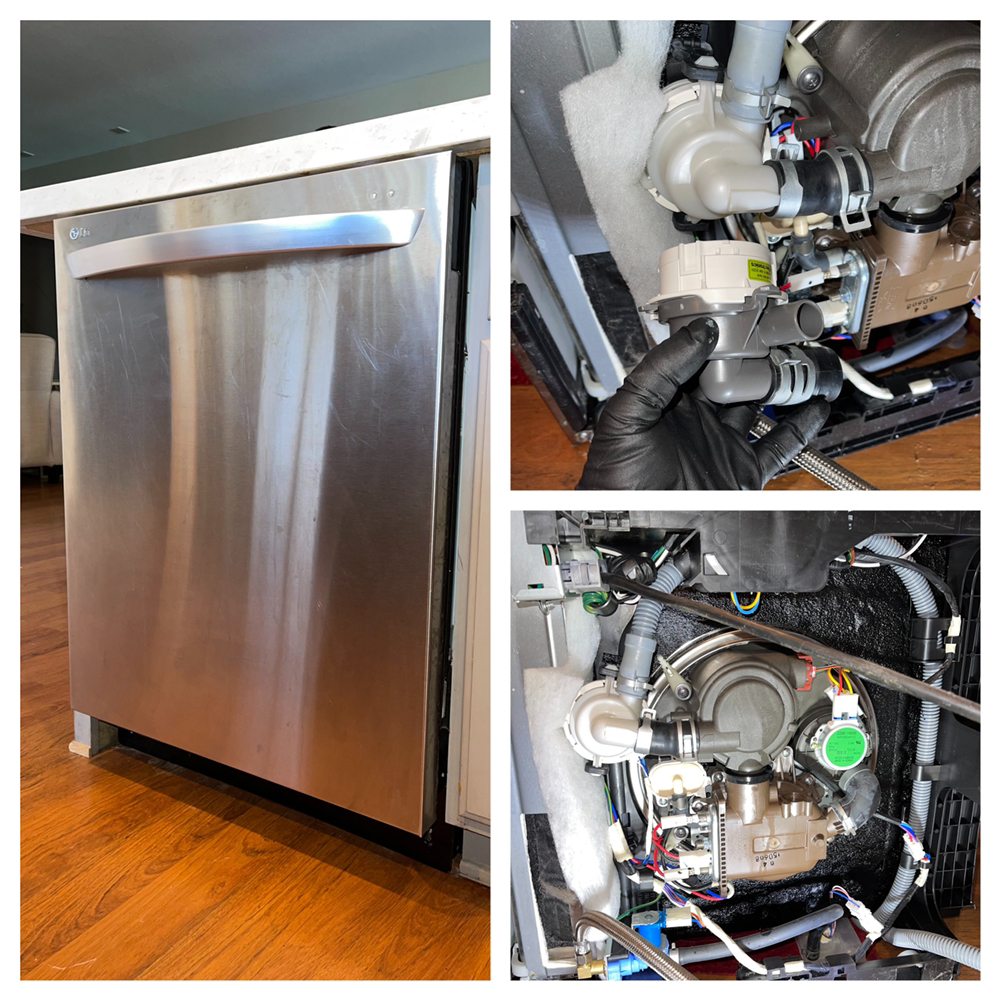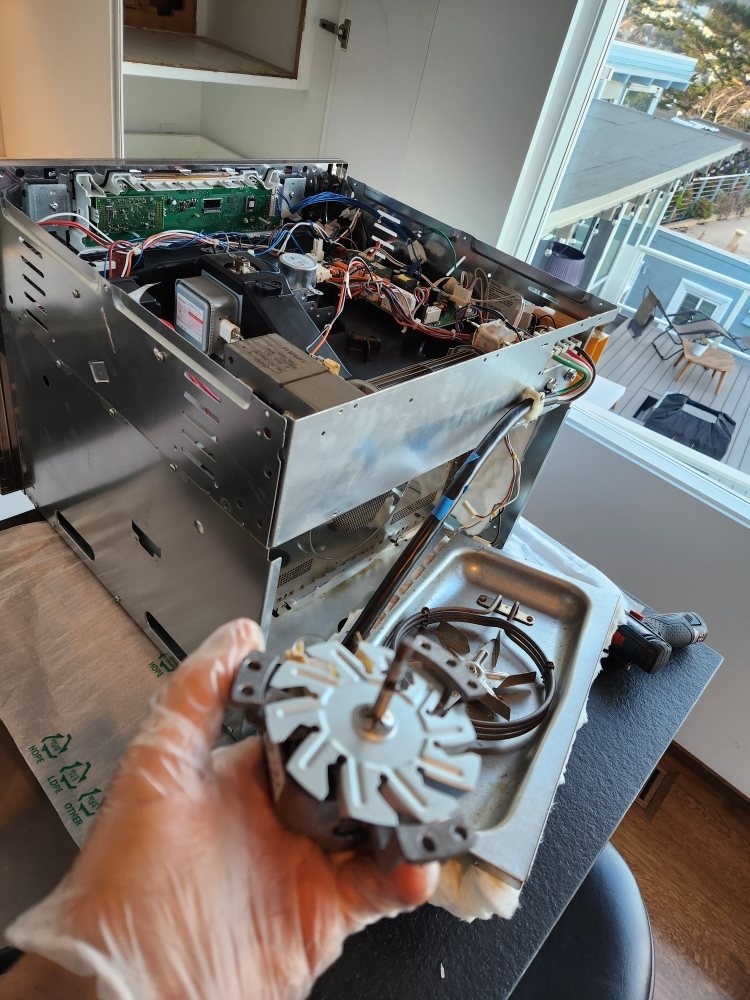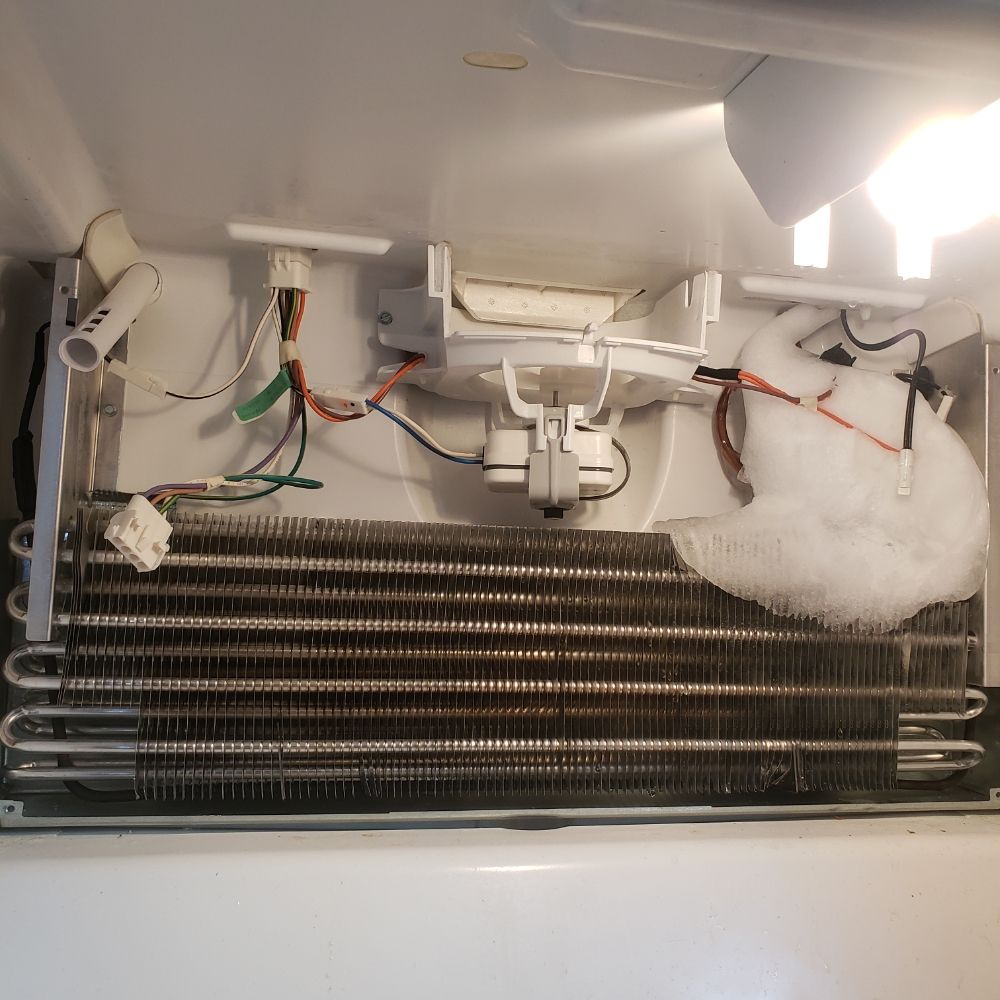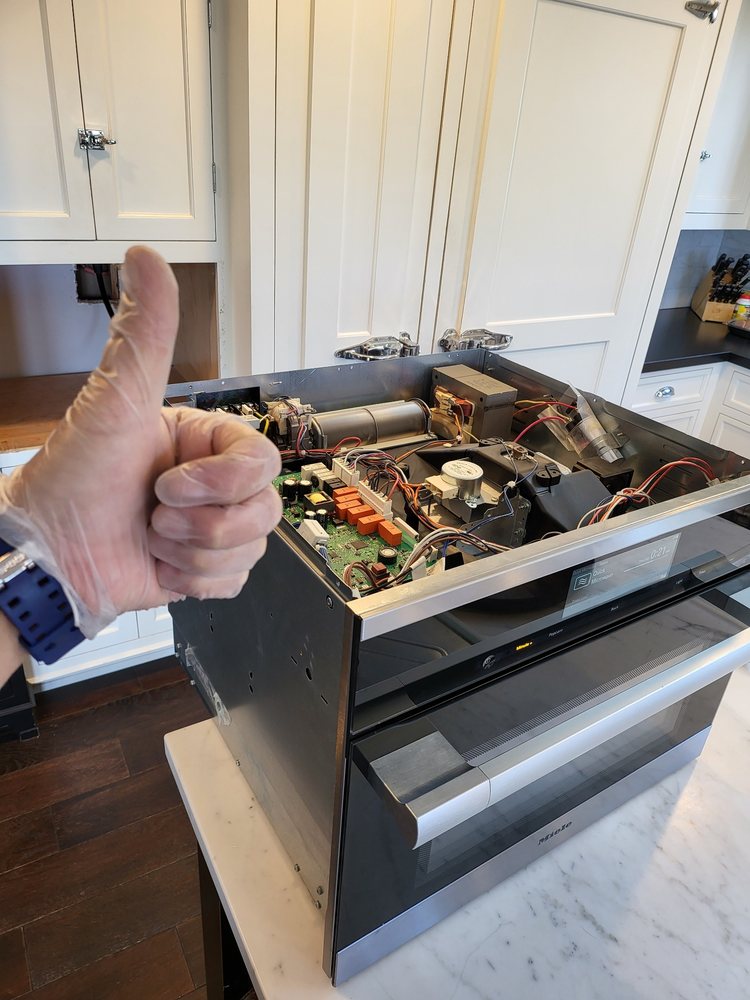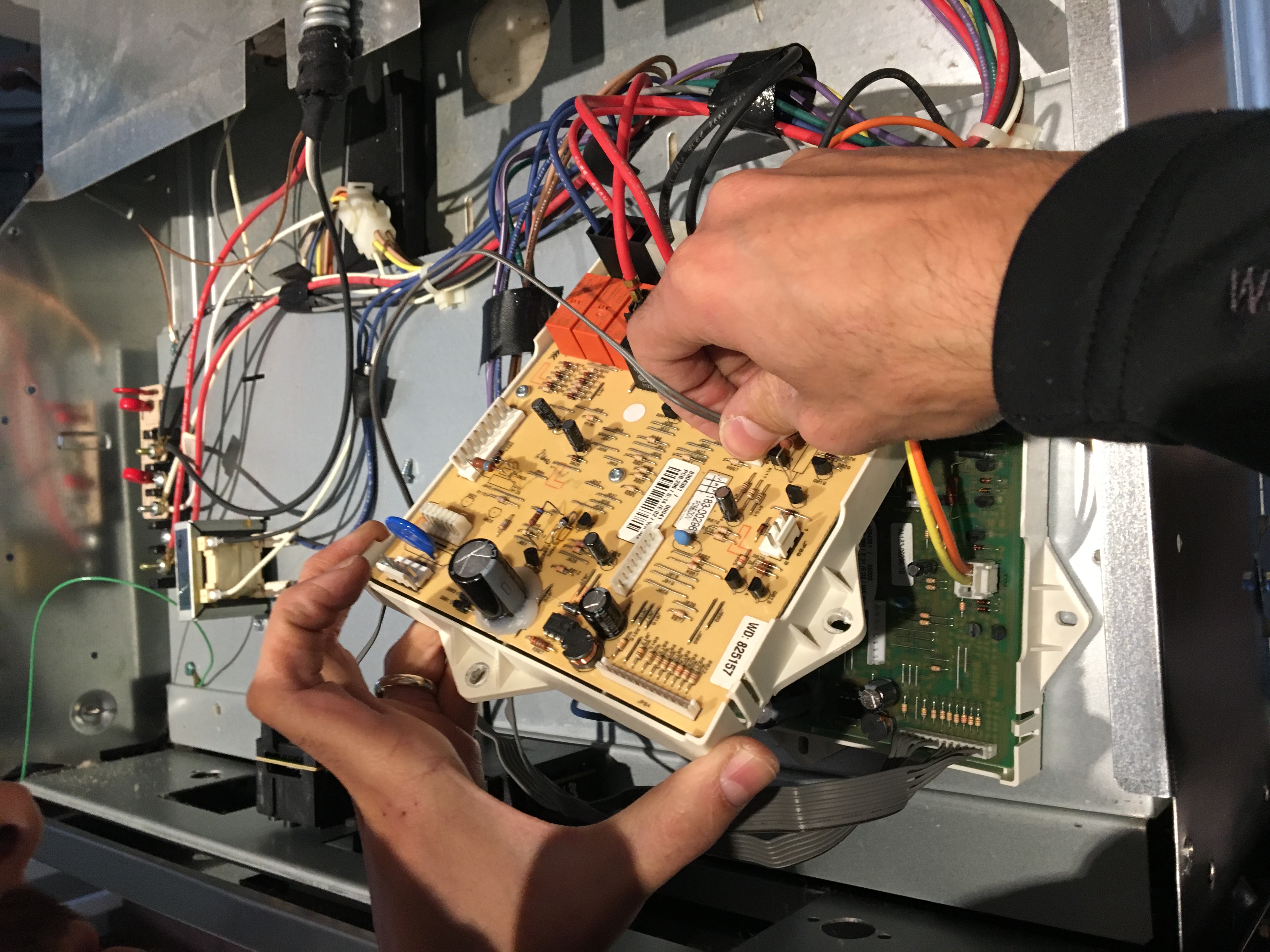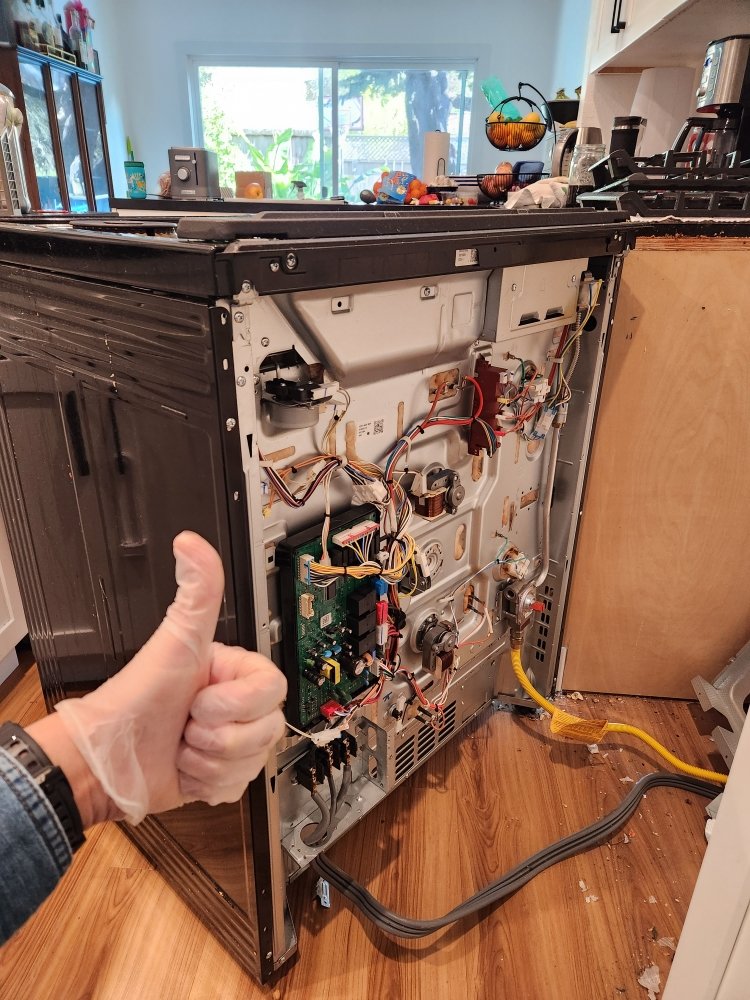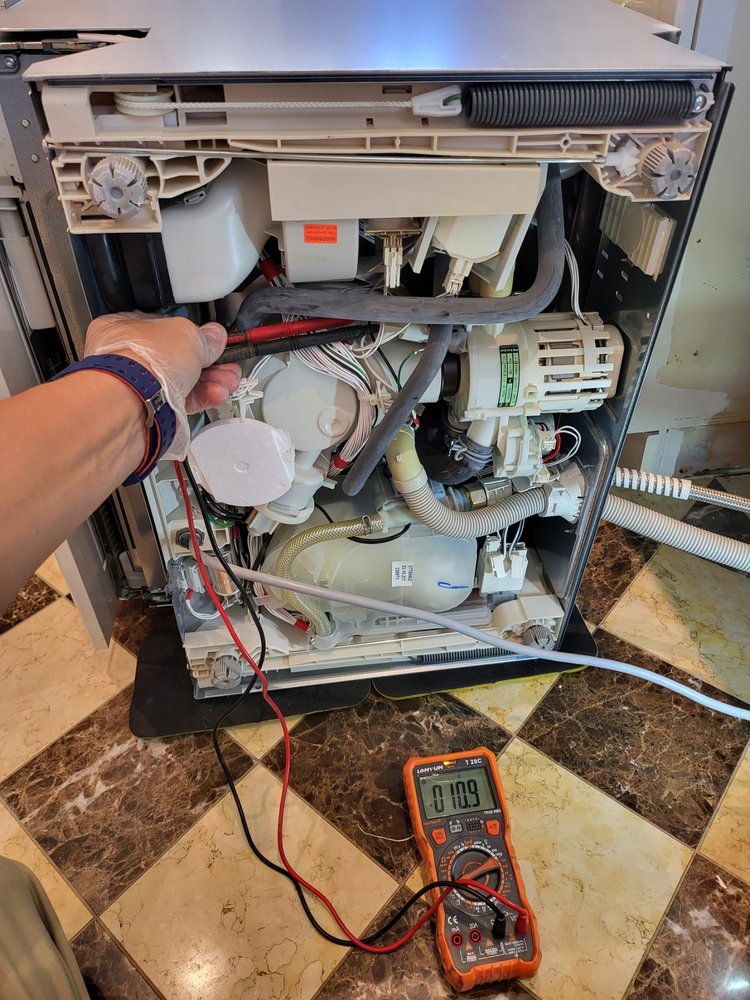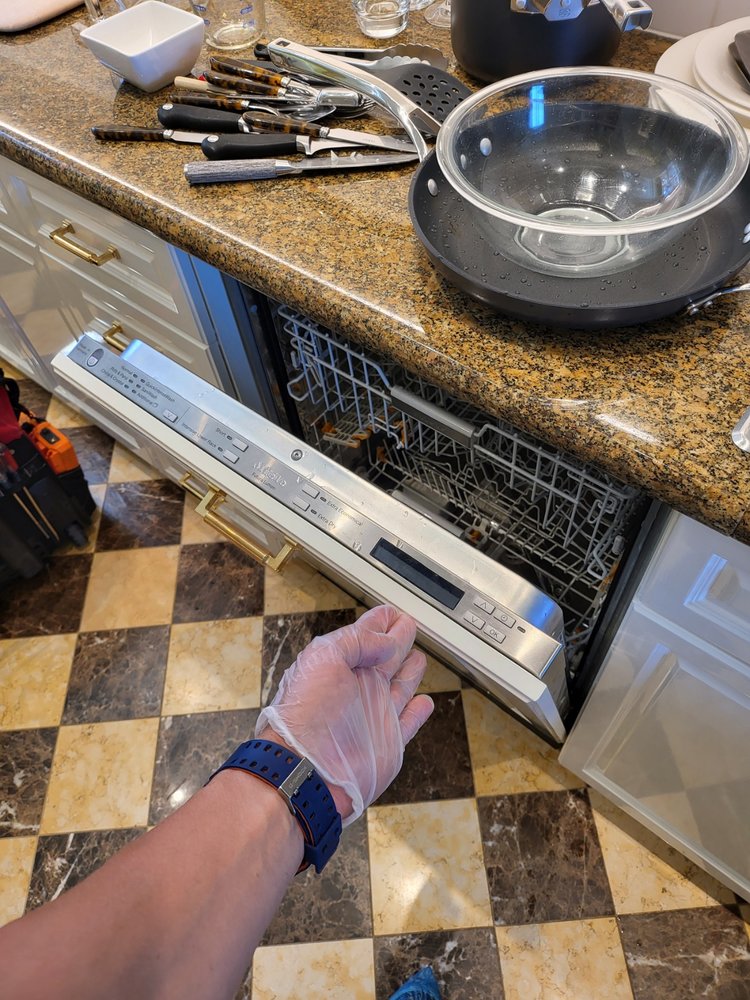Whirlpool appliances have long been a staple in households, offering reliability and innovation. However, even the most dependable appliances can encounter issues over time. Understanding the common problems that Whirlpool appliances may face can empower you to troubleshoot and resolve issues efficiently, potentially saving you time and money on repairs. In this guide, we'll explore some of the most frequent problems experienced with Whirlpool appliances and provide tips on how to address them.
Refrigerator:
Not Cooling Properly: One of the most prevalent issues with Whirlpool refrigerators is inadequate cooling. This can be caused by various factors, including a malfunctioning compressor, faulty evaporator fan motor, or a blocked condenser coil. Check the temperature settings, ensure proper airflow around the refrigerator, and clean the condenser coil regularly to maintain optimal cooling performance.
Ice Maker Malfunction: Whirlpool refrigerators equipped with ice makers may experience issues such as slow ice production, ice buildup, or failure to dispense ice. Inspect the water inlet valve, ice maker assembly, and water filter for any clogs or damage. Regularly defrost the freezer and ensure a steady water supply to the ice maker to prevent malfunctions.
Washing Machine:
Won't Spin: A common problem with Whirlpool washing machines is the failure to spin properly, which can result from a malfunctioning lid switch, drive belt, or motor coupling. Check these components for signs of wear or damage and replace them as needed. Additionally, ensure the washer is not overloaded and distribute the laundry evenly inside the drum to prevent imbalance issues.
Leaking: Leaks from a Whirlpool washing machine can occur due to damaged hoses, worn door seals, or a faulty water inlet valve. Inspect the hoses and door seal for any cracks or tears and replace them if necessary. Tighten any loose connections and check the inlet valve for leaks, replacing it if required.
Dryer:
No Heat: If your Whirlpool dryer is not producing heat, it could be due to a defective heating element, thermal fuse, or thermostat. Use a multimeter to test these components for continuity and replace any faulty parts. Additionally, ensure proper ventilation to prevent lint buildup, which can obstruct airflow and affect heating performance.
Overheating: Whirlpool dryers may overheat due to a clogged lint filter, blocked vent system, or malfunctioning thermostat. Clean the lint filter after each use and periodically inspect the vent system for any obstructions. Replace any damaged or worn components, such as the thermostat or high-limit fuse, to prevent overheating issues.
Dishwasher:
Not Cleaning Properly: If your Whirlpool dishwasher is not cleaning dishes effectively, it may be due to clogged spray arms, a malfunctioning pump or motor, or hard water deposits. Clean the spray arms and filter regularly and use a dishwasher cleaner to remove mineral buildup. Ensure proper loading of dishes and use the appropriate detergent to optimize cleaning performance.
Won't Start: Whirlpool dishwashers may fail to start due to a faulty door latch, control panel, or timer. Inspect the door latch for any damage or obstruction and replace it if necessary. Check the control panel for error codes and reset the dishwasher if needed. If the problem persists, consult the user manual or contact Whirlpool customer service for further assistance.
